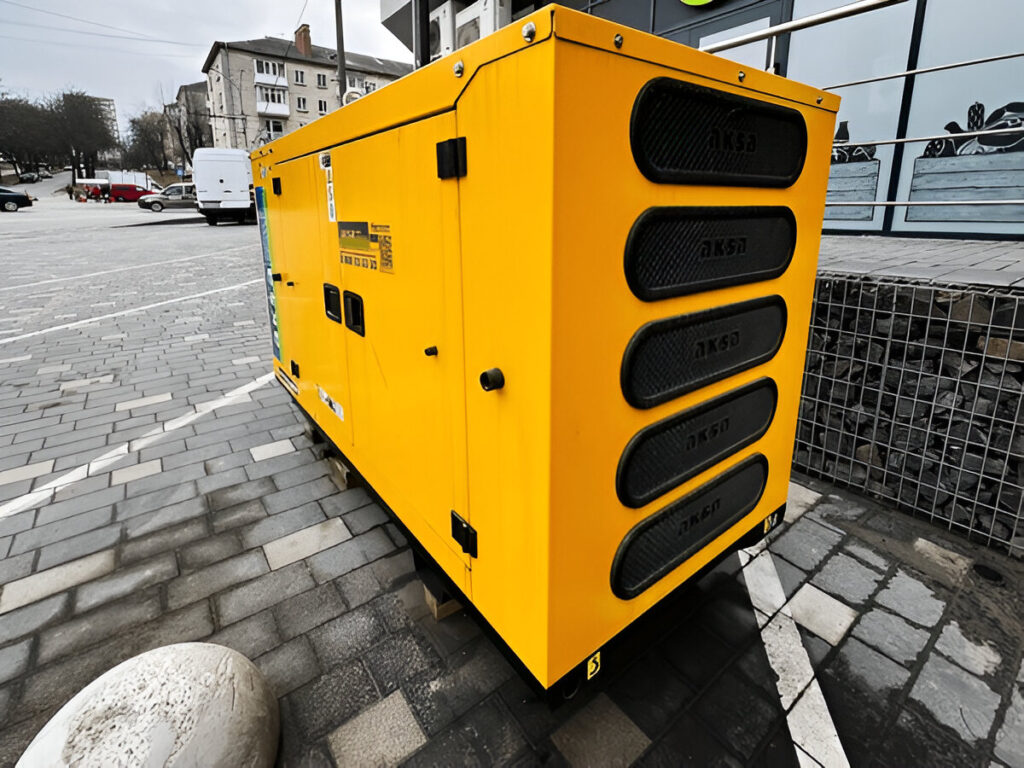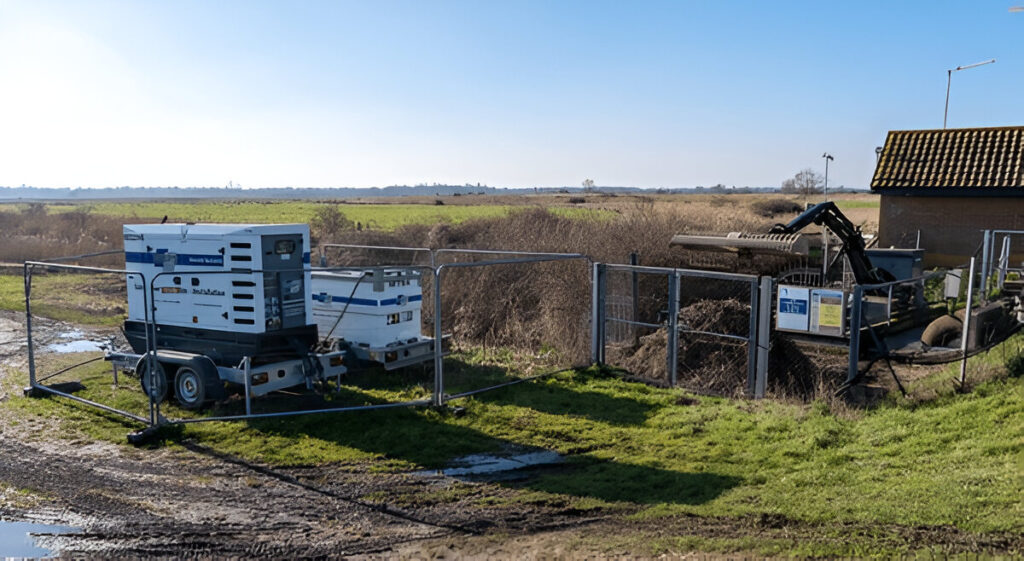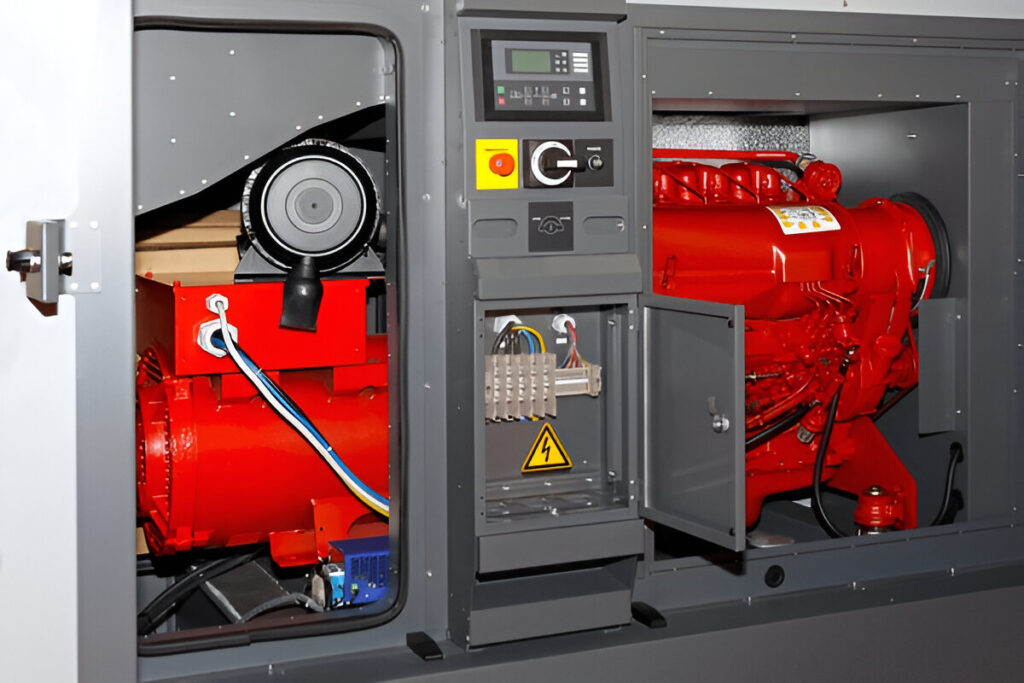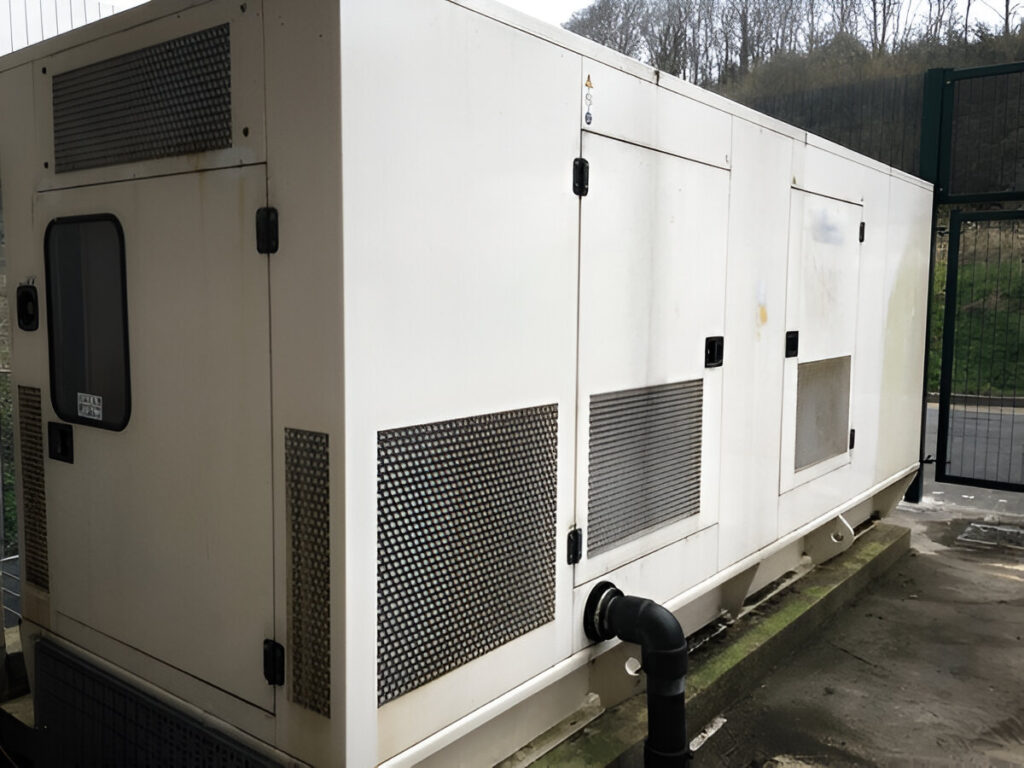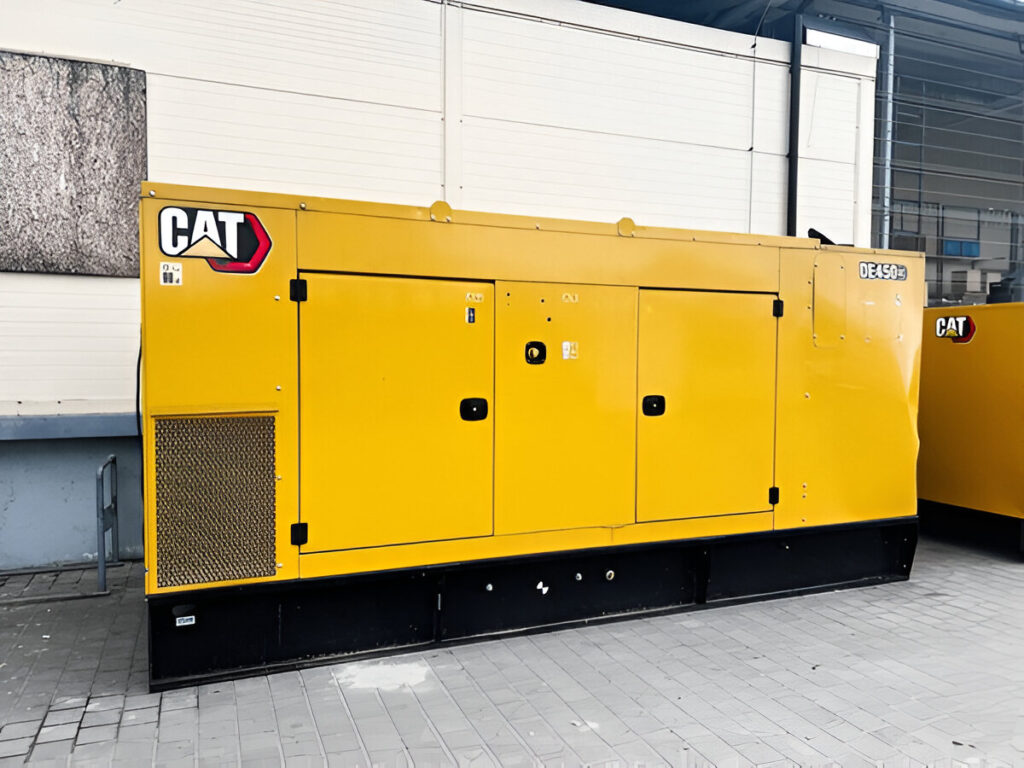Install Diesel Generator in a cold climate requires careful planning and the right equipment to ensure reliable performance. Cold weather can affect engine oil viscosity, battery capacity, and fuel efficiency, making it essential to take specific steps to protect your investment. Whether you’re purchasing a new generator for sale or looking to upgrade an existing system, this guide will walk you through the key considerations for installation and operation in cold weather.
1. Choose the Right Install Diesel Generator
The first step is selecting a generator that is built to handle Canada’s harsh winter conditions. Look for durable, weather-resistant models like CAT generators or a Cummins generator in Canada, which are designed for both performance and longevity in freezing temperatures.
If your budget is a concern, a used generator for sale can be a cost-effective solution, as long as it has been properly serviced and winterized. Additionally, consider the purpose of your generator—whether you need a standby generator in Canada for emergency outages or a backup generator in Canada for intermittent use.
2. Install the Generator in a Weather-Protected Location
In cold climates, exposure to snow, ice, and freezing wind can impact your generator’s reliability. To maximize efficiency:
- Place the generator on a flat, stable surface away from areas where snow accumulates.
- Install a weatherproof enclosure or house the generator in a well-ventilated shed.
- Ensure there’s adequate airflow for exhaust and cooling while protecting the unit from direct exposure to harsh weather.
This setup reduces the risk of ice buildup and helps maintain consistent operating temperatures.
3. Use Cold-Weather Kits and Accessories
Diesel engines can struggle to start in extreme cold due to fuel thickening and reduced battery performance. To combat this, use:
- Block Heaters: Keep engine coolant warm to enable smoother starts.
- Battery Warmers: Maintain battery charge capacity in freezing temperatures.
- Fuel Heaters: Prevent diesel fuel from gelling in subzero conditions.
These cold-weather accessories are vital for ensuring your diesel fueled generator starts and runs reliably when you need it most.
4. Maintain and Test Your Generator Regularly
Preventive maintenance is crucial in cold environments. Follow these best practices:
- Run the generator periodically to keep fluids circulating and prevent freezing.
- Check fuel quality and add anti-gel additives during the winter months.
- Inspect the exhaust, air intake, and enclosure to ensure snow or ice isn’t blocking ventilation.
If you rely on your generator as a standby generator in Canada, schedule professional inspections to confirm it’s ready for emergency use.
5. Plan for Reliable Fuel Storage
Diesel fuel can degrade or gel in freezing conditions. Store fuel in a well-insulated, ventilated tank, and use winter-grade diesel when available. Keeping your fuel fresh ensures your backup generator in Canada delivers uninterrupted power during outages.
Final Thoughts
Installing a diesel generator in a cold climate requires more than just setting it up—it demands strategic planning, winterization, and ongoing maintenance. By choosing the right equipment, protecting it from extreme weather, and ensuring regular upkeep, your generator will provide reliable power all winter long.
If you’re looking for a new generator for sale, exploring durable CAT generators, or considering a used generator for sale, BC GENERATORS has the perfect solution to keep your home or business powered in any season.

